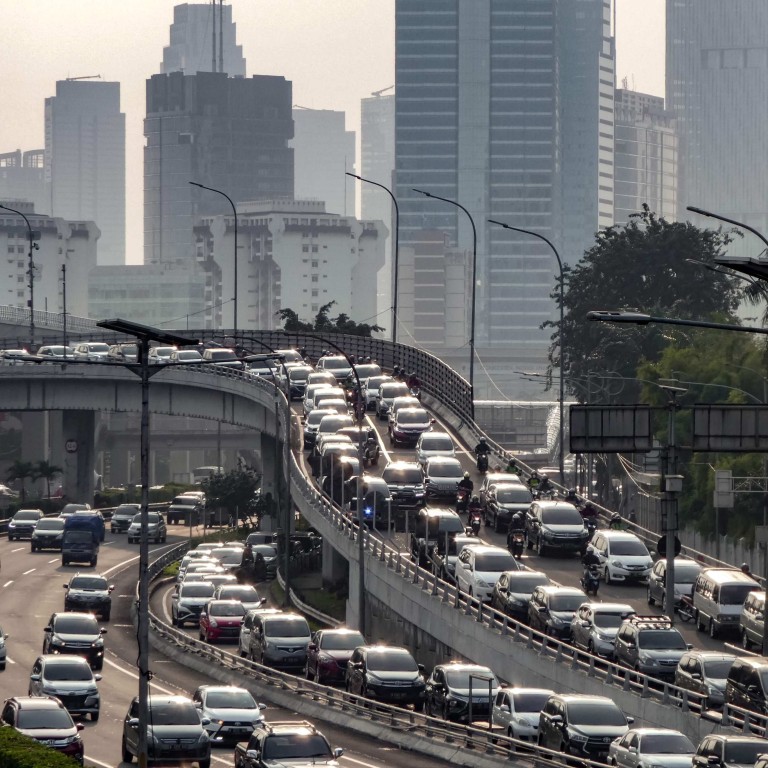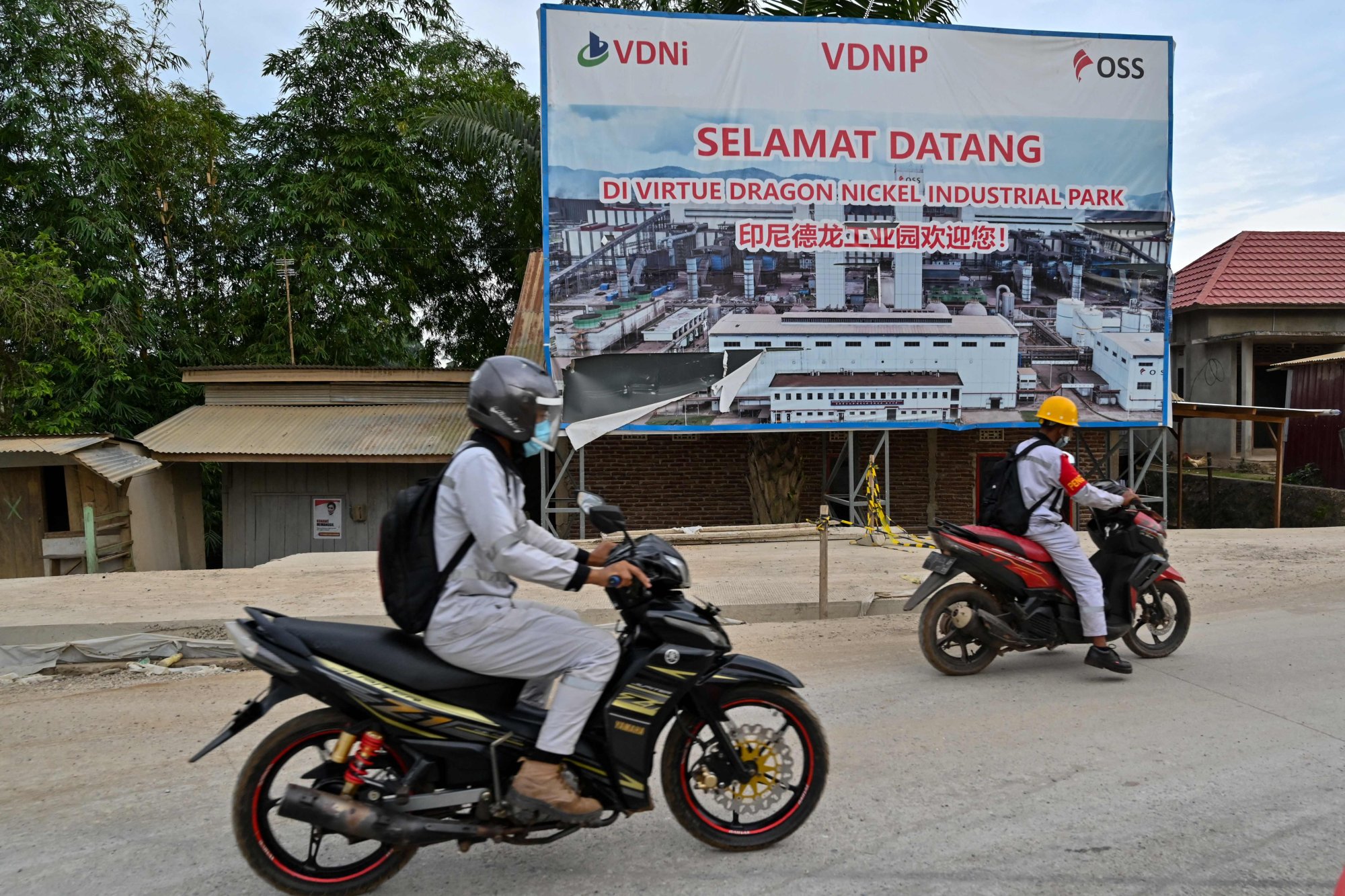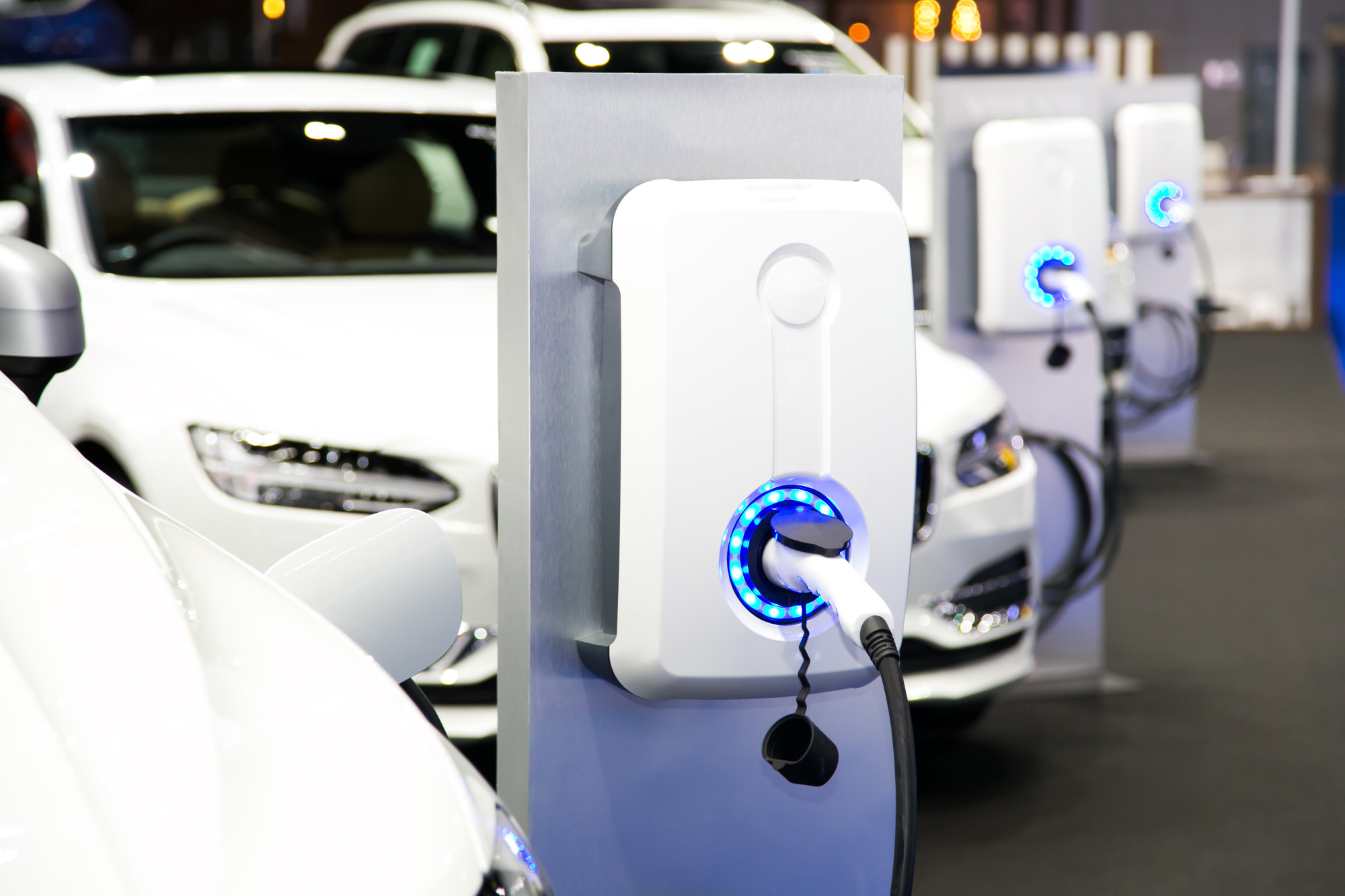
Will Indonesia’s new subsidy incentives rev up adoption of electric vehicles, attract investment?
- Subsidy programme aims to encourage Indonesians to buy EVs made with at least 40 per cent domestic components
- Adoption of electric vehicles is low in Indonesia, hampered by cost concerns and lack of charging infrastructure
The programme, which came into effect on March 20 and will last until December 2024, aims to encourage Indonesians to buy EVs made with at least 40 per cent domestic components.
Every purchase of an eligible scooter qualifies for a 7 million rupiah (US$460) subsidy, while those for electric cars range from 25 million to 80 million rupiah. The incentives will be allocated for up to 250,000 e-scooters, 35,900 electric cars, and 138 electric buses through 2023, and for e-scooters only – 750,000 of them – through 2024.
As Indonesia powers up EV battery dream with lithium deal, China set to benefit
Indonesia has struggled to ramp up EV adoption, with only about 26,000 such two-wheelers and 7,700 four-wheelers plying the roads in 2022, according to ministry data.
The figure is still far from the government’s preliminary goal set in the 2022 International Energy Agency report, which is to put 2 million battery-powered automobiles and 13 million motorbikes on the road by 2030.
There are 123 million motorcycles and 20 million cars registered in Indonesia, including both EVs and internal combustion engine (ICE) vehicles.
The effectiveness of the subsidies will also depend on how Indonesia addresses other key challenges that continue to limit its ambition of becoming a manufacturing hub for EV batteries.

Cost concerns
The subsidy programme is among a number of government incentives to help accelerate the adoption of EVs.
The Widodo administration has also rolled out demand-side incentives to drive down the price of EVs, including the implementation of an emissions-based luxury-tax structure, with EVs taxed at a lower rate.
Battery-powered EVs will be exempted from taxation, while plug-in hybrids and hybrids will be taxed at 5 per cent and 2-12 per cent, respectively. Cars with ICEs will bear the highest tax rate at 15 to 40 per cent.
Nerves of steel: Indonesia to appeal in nickel ore WTO, EU row
However, even with these incentives in place, price differences between electric and ICE four-wheelers continue to be a major problem.
Even with the new subsidy programme, Hyundai’s Ioniq 5 is still considered to be far too expensive for the average Indonesian.
The price gap between ICE and electric cars needs to be further reduced to ease drivers into the energy transition.

Stumbling blocks
The limited driving range of EVs continues to be a major factor hindering the widespread adoption of electric motorbikes.
One Indonesian manufacturer of EVs with whom I spoke recently, who wants to remain anonymous, said his motorcycles – with a maximum riding distance of only 70km to 90km – could not meet the typical daily commuting distance of about 100km in Jakarta. This is a major disadvantage because conventional motorbikes have a maximum riding distance of 200km.
This is further complicated by the lack of charging infrastructure. In 2022, there were only 569 stations nationwide – 500 of which are on Java Island – a far cry from the government target of 900,000 charging stations by 2035.
The slow progress can be attributed to the fact that private companies are waiting for market demand to increase before they consider investing in infrastructure, whereas potential EV customers are waiting for the infrastructure to be more developed before they make a purchase.
The State Electricity Company, which has the mandate from the government to develop charging infrastructure in the country, must lead the way by ramping up construction of charging stations.

The way forward
Ultimately, subsidies and incentives can only operate within the boundaries of the government’s financial capacity. A prudent government should gradually strive to redirect its annual fuel-subsidy expenditure towards encouraging EV adoption.
In 2022, Indonesia’s fuel-subsidy expenditure rose to US$32.5 billion, which was 2.5 per cent of the country’s GDP. Fuel subsidies accounted for only 1.1 per cent of GDP in 2021.
Indonesian EV manufacturers are upbeat about the market potential for their products, but until the country’s EV industry reaches maturity, the government must continue to support adoption of such vehicles through favourable policies.
While the government is right on track with the existing demand-side incentives, such as lower tax rates and cash subsidies for EV owners, it can also consider working with local authorities to exempt these owners from parking fees.
To boost the competitiveness of Indonesia’s EV ecosystem, the government must also continue to entice more foreign direct investment from global battery producers and EV manufacturers.
Will Tesla supercharge Indonesia’s bid for electric vehicle battery crown?
The Indonesia Investment Authority, the country’s sovereign wealth fund, attracted US$2 billion of foreign direct investment from top EV battery maker Contemporary Amperex Technology in November. Such efforts to boost the industry must continue.
Whether the government can finally persuade global EV makers like Tesla and BYD to invest in the country’s EV supply chain will be closely watched.
A combination of continuous support from the government and increased foreign direct investment in the country’s EV ecosystem may eventually help Indonesia accelerate the electrification of its transport system.
Dedi Dinarto is an associate at public-policy advisory firm Global Counsel. He observes political and regulatory changes in Asia with a special emphasis on Indonesia, drawing implications for global corporates and investors.

